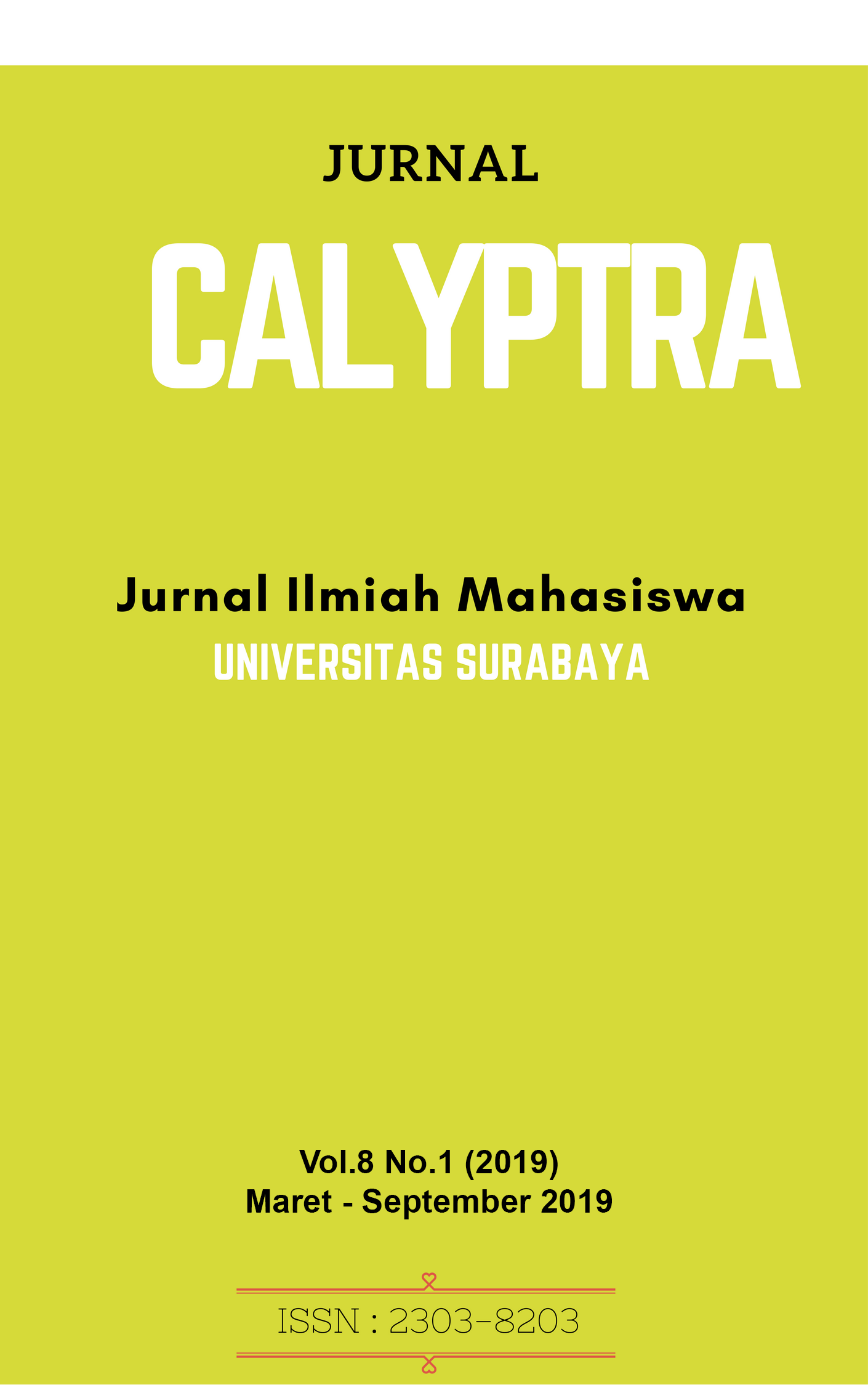ANALISIS KINERJA HANDOVER PADA JARINGAN KOMUNIKASI SELULER GSM 2G DENGAN 2 SITE MENGGUNAKAN OPENBTS
 Abstract Views:
354 times
Abstract Views:
354 times
 PDF - FULL TEXT Downloads:
346 times
PDF - FULL TEXT Downloads:
346 times
Abstract
Abstrak - Keterbatasan teknis dan rahasia perusahaan operator serta vendor membuat analisa parameter kinerja handover tidak bisa dilakukan dalam proses pembelajaran di kampus. Oleh sebab itu, dalam penelitian ini dibuat suatu sistem jaringan multinode GSM 2G dengan dua site menggunakan OpenBTS. Dalam jaringan OpenBTS ini terdiri dari dua komponen utama yaitu Radio Access Network (RAN) dan Core Network (CN). RAN terdiri dari dua buah BTS yang digantikan oleh USRP B210 dan OpenBTS sedangkan CN terdiri dari SIPAuthServe untuk database user, SMQueue untuk layanan SMS dan Asterisk untuk layanan suara. Jaringan ini dirancang untuk bekerja di lingkungan laboratorium sehingga dayanya dibatasi dengan tujuan agar tidak mengganggu jaringan GSM komersil yang sudah ada dan penyesuain area overlap yang cukup antara BTS1 dan BTS2 untuk memungkinkan terjadinya handover. Untuk menganalisa handover, pengujian pertama dilakukan adalah pengaturan coverage dengan mengatur power attenuation di masing-masing BTS. Hasil dari pengujian tersebut didapatkan bahwa coverage dengan power attenuation 30 dB memiliki area overlap yang terbaik. Hal ini didukung dengan hasil pengujian tingkat keberhasilan handover sebesar 100 % berhasil di coverage tersebut. Selain itu dari hasil pengujian parameter handover threshold didapatkan bahwa -85 dBm adalah nilai handover threshold terbaik dengan tingkat keberhasilan handover yang tinggi.
Kata kunci: GSM, OpenBTS, USRP B210, handover, power attenuation, handover threshold.
Abstract – Technical limitations and operator/vendor restrictions make analysis of the handover performance parameter can not be carried out in the on campus/classroom. This research designed and implemented a multinode 2G GSM network with two sites using OpenBTS. The network consists of two main components, namely Radio Access Network (RAN) and Core Network (CN). RAN consists of two base stations represented by two USRP B210 as the transceivers and two PC running OpenBTS software. CN consists of a PC running SIPAuthServe for user database, SMQueue for SMS services and Asterisk for voice services. This network is designed to work in a laboratory environment so that its power has to be limited in order to get suffiecient overlap area between BTS1 and BTS2 to allow the handover and to ensure that it will not to interfere with the existing GSM network. The experiment shows that the coverage with a power attenuation of 30 dB has the best overlap area with handover success rate of 100%. It also shows that high handover success rate was achieved when handover threshold parameter is set to be -85 dBm.
Keywords: GSM, OpenBTS, USRP B210, handover, power attenuation, handover threshold
Downloads
References
[2] Sulung, Haristianto, “Implementasi Teknologi OpenbTS untuk Layanan VOIP Menggunakan Server Mini PC”, 2015.
[3] Wibowo, Agus Adi, “Implementasi Voice Service Pada Jaringan GSM Menggunakan OpenBTS V5.0”, 2015
[4] Hutagaol, Apriliani Herlina, “Implementasi Voice Service Menggunakan OpenBTS V5 Pada Beaglebone”, 2015.
[5] Fuadi, Hamdan, “Perancangan dan Implementasi OpenBTS Dengan Menggunakan Asterisk Pada Ubuntu 10.10”, 2012
[6] Putra, Dhipo Arsyandana, “Implementasi SMS pada jaringan GSM Menggunakan OpenBTS V5.0”, 2015
[7] Amin, Ain Nur Rofiq, “Implementasi SMS pada jaringan 3G UMTS Menggunakan OpenBTS UNTS V1.0”, 2015
[8] Adinugroho, Muhammad Ilham, “Implementasi Layanan Data (GPRS) pada jaringan GSM Menggunakan OpenBTS V5.0”, 2016.
[9] Iedema, Michael, “Getting Started with OpenBTS Range Networks 3”, 2015.
- Articles published in CALYPTRA are licensed under a Creative Commons Attribution-ShareAlike 4.0 International license. You are free to copy, transform, or redistribute articles for any lawful purpose in any medium, provided you give appropriate credit to the original author(s) and the journal, link to the license, indicate if changes were made, and redistribute any derivative work under the same license.
- Copyright on articles is retained by the respective author(s), without restrictions. A non-exclusive license is granted to CALYPTRA to publish the article and identify itself as its original publisher, along with the commercial right to include the article in a hardcopy issue for sale to libraries and individuals.
- By publishing in CALYPTRA, authors grant any third party the right to use their article to the extent provided by the Creative Commons Attribution-ShareAlike 4.0 International license.



